
13-05-2015 09:32
Grandir dans le sol sur une brindille morte avec d

11-05-2015 20:40
 Zuzana SochorovÃĄ (EgertovÃĄ)
Zuzana SochorovÃĄ (EgertovÃĄ)
Hello,I would welcome your advice on this Bryoscyp

13-05-2015 19:18
 Christian Lechat
Christian Lechat
Hi dear friends,I would need the following paper,

13-05-2015 18:36
 Andreas Gminder
Andreas Gminder
Dear collegues, in our project about decaying of

08-05-2015 21:48
 Bernard CLESSE
Bernard CLESSE
Bonsoir à tous,TrouvÃĐe sur fumier cette grosse p

13-05-2015 07:31
 Blasco Rafael
Blasco Rafael
Hola, tengo esta muestra que pienso sea Lasiobelon

12-05-2015 22:06
Lepista ZacariasHi everyone again,Definitely, this was the day of

12-05-2015 21:43
Lepista ZacariasDear all,In this fungus everything is small and cl

12-05-2015 21:04
 Bernard CLESSE
Bernard CLESSE
Voici un Lachnum sur tige pourrie de reine-des-pr
La collection a ÃĐtÃĐ de 15 jours dans le rÃĐfrigÃĐrateur avant de l'ÃĐtude.
ApothÃĐcie 7 x 4 mm, spores elliptiques avec des rainures transversales et paraphyses souvent avec sommet en forme de fourche ou coralÃģide.
 ExcÃpulo mÃĐdullaire texture complexe hyaline ou jaunÃĒtre, jaune ectal excipulo subgloboso.
Il a ratÃĐ le jaunissement de la viande et de la moelle subhimenial excipulo ainsi que la zone centrale de subestipe. Je ne l'ai pas trouvÃĐ aucune rÃĐfÃĐrence à ce personnage dans la littÃĐrature. Que pensez-vous?
Salutations.Â

Hi Francisco,
if the spores were rugulose as in P. rhytidia there can nearly be no doubt. I repeatedly collected this species in the Algarve, Portugal. You do not write where your collection ist from. Was there no Eucalyptus in the vicinity? My finds were all in Eucalpytus stands.
Regards from Lothar
In Andalusia there suroreste pickings P.rhytidia quotes on wood of Quercus, it seems that the species has colonized this habitat.
Saludos.Â
une rÃĐcolte ici, rÃĐalisÃĐe la semaine derniÃĻre en France (Charente-Maritime), sur sol sablonneux, avec prÃĐsence de bruyÃĻres, ajoncs, bouleaux et pins.
Patrice

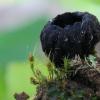
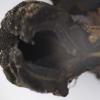
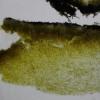
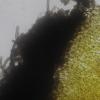
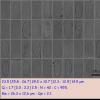
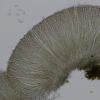
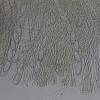
 Doc1-0008.pdf
Doc1-0008.pdf